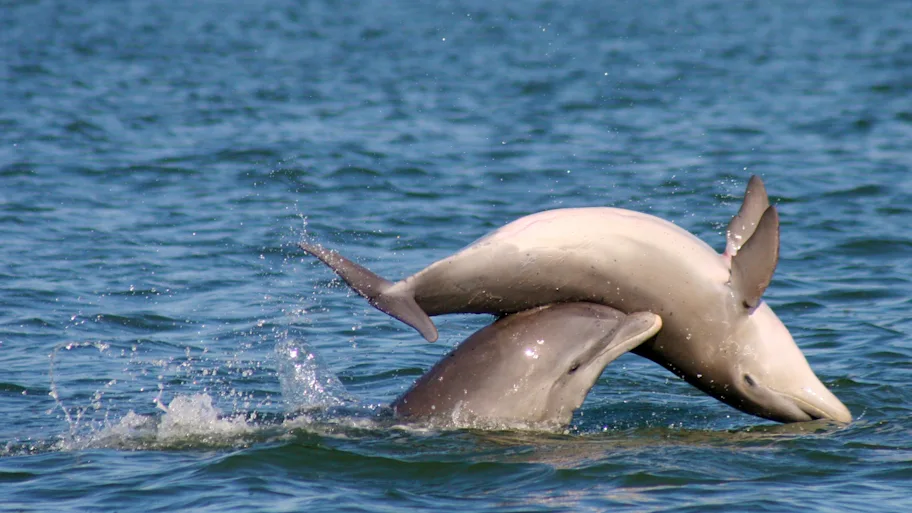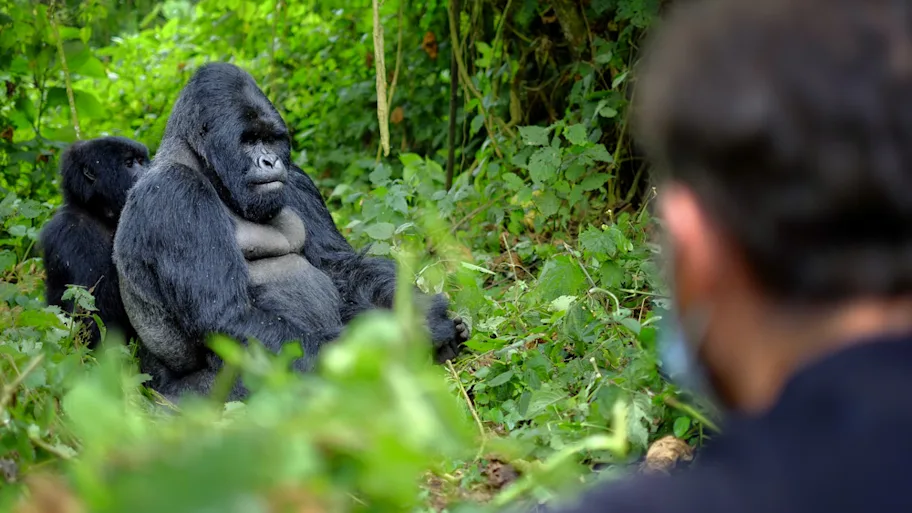
- Science News
- Environment
- Caution, ocelot crossing: special wildlife exits on busy roads help protect endangered cat
Caution, ocelot crossing: special wildlife exits on busy roads help protect endangered cat
By Mischa Dijkstra, Frontiers science writer

Traffic collisions are a major cause of death of endangered Texas ocelots. Researchers have now shown that recently designed wildlife exits, meant to allow ocelots to leave highways surrounded by fences, function as they are designed to do. 10 mammal species apart from ocelots learned to use them correctly. The authors concluded that these exits are a useful conservation measure in Texas, not only for ocelots.
The Texas ocelot (Leopardus pardalis albescens) is endangered due to historic hunting, habitat loss, inbreeding, and traffic collisions. Today, only between 50 and 80 ocelots remain in the US, exclusively in Willacy and Cameron counties in southern Texas. These two populations are isolated from the larger one in northwestern Mexico by highways and urban development.
“Here we show that a range of species, including middle-sized carnivores such as bobcats and coyotes, successfully use wildlife exits, a new type of mitigation structure specifically designed for the US endangered ocelot,” said first author Zarina Sheikh, a former graduate student at the University of Texas Rio Grande Valley, about their new study in Frontiers in Ecology and Evolution.
Fencing can trap wildlife on roads
In Texas, continuous chain-link fencing along highways has long been used to reduce the mortality of wildlife from traffic collisions. But this can backfire: it can trap animals that manage to enter the highway, for example by jumping over or burrowing under the fencing.
To enable ocelots to leave highways back into nature, novel exits were designed in 2018 by the Texas Department of Transportation. These are openings in the fencing approximately 46cm across at their widest, 13cm across at their narrowest, and 60cm high – funnel-shaped to encourage ocelots to use them exclusively in the desired direction, away from the highway and back into the surrounding habitat.
Download original article (pdf)
The present study tested if the wildilfe exits are correctly used by medium-sized carnivores in Texas. It was done along an 11.9-km-long stretch of State Highway 100 between Los Fresnos and Laguna Vista, between February 2019 and November 2020. In 2018, 10 wildlife exits had been installed along this stretch.
Wildlife cameras
Two automatic wildlife cameras were installed at each wildlife exit, one facing inward and another outward. The cameras were inspected every month, with their images downloaded and sorted into species.
“We anticipated that the extreme rarity of ocelots would limit the amount of data collected on that species. For this reason, we also focused on more common bobcats and coyotes, as they have similar habitats, diets, body sizes, and behaviors as ocelots, with overlapping home ranges between them,” said Kevin Ryer, a co-author and research associate at the same university.
The results showed that the wildlife exits were used by 10 mammal species to exit the highway, ranging in size from black-tailed jackrabbits and Virginia opossums to bobcats and coyotes. For the latter two species, activity peaked around 10pm and then again between midnight and dawn.
Not unexpectedly given their rarity, ocelots themselves have not yet been photographed to use the exits during the study, although they have been captured by additional automatic cameras in the vicinity of the highway. However, the observation that coyotes and bobcats use them correctly implies that ocelots are likely to do so too.
As expected, the largest local species, such as white-tailed deer, nilgai, and javelina, were unable to use the narrow wildlife exits. For these species, additional mitigating structures, such as tunnels and crossing grids are also installed along Texas highways.
Not only for ocelots
The authors conclude that the exits function as designed, but ongoing research aims for improvements to exclude wildlife from using them in the wrong direction. These novel wildlife exits have the potential to be a valuable conservation measure on Texas highways.
Senior author Dr Richard Kline, a professor at the same university, said: “Wildlife collision mitigation is less expensive to implement during the construction phase of highways than retrofitting mitigation after construction. Although the entire wildlife community near the highway should be considered when planning mitigation, endangered species should be the focus.”








REPUBLISHING GUIDELINES: Open access and sharing research is part of Frontiers’ mission. Unless otherwise noted, you can republish articles posted in the Frontiers news site — as long as you include a link back to the original research. Selling the articles is not allowed.






